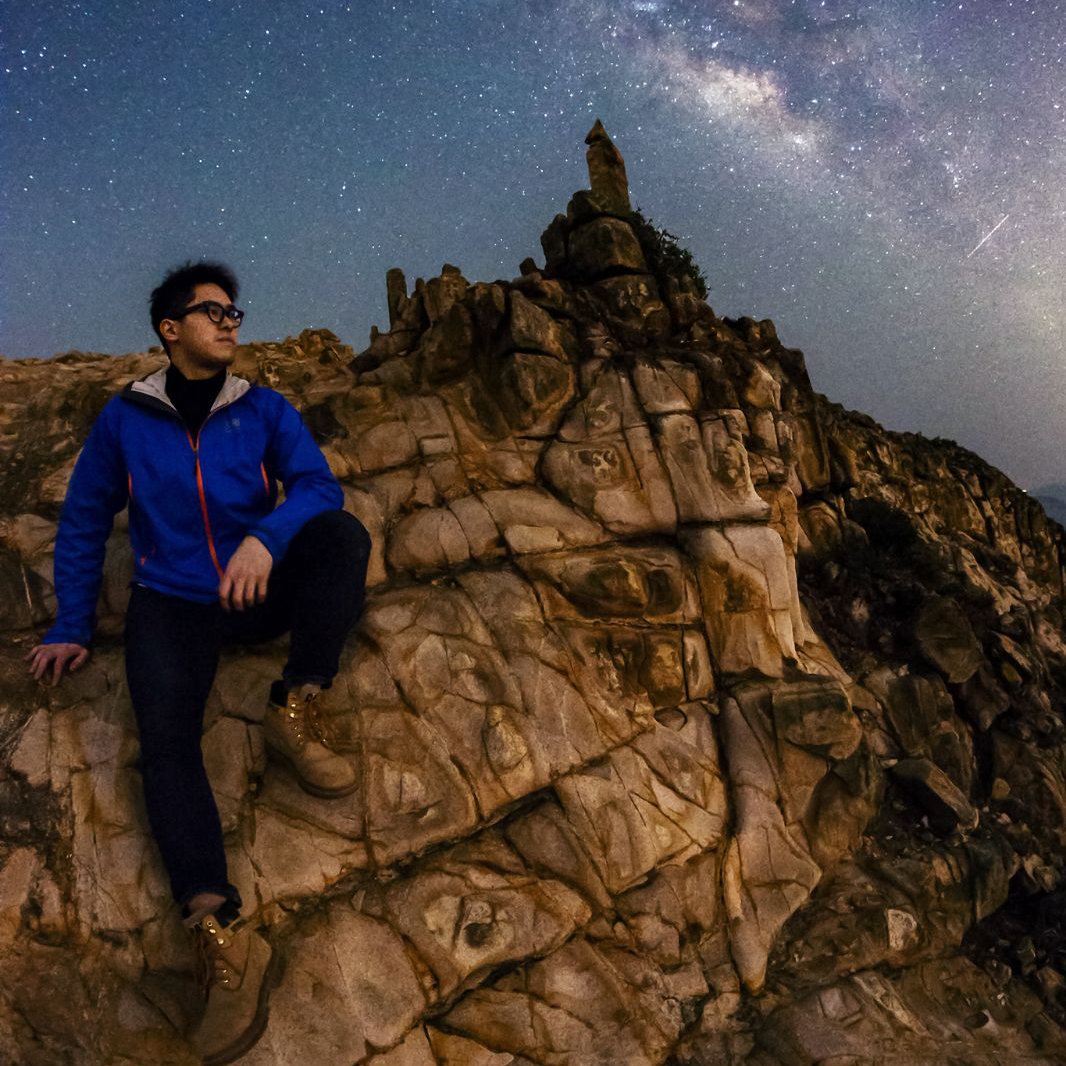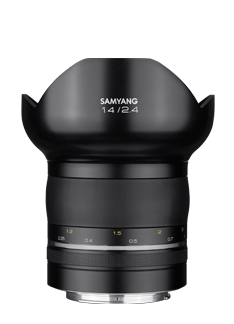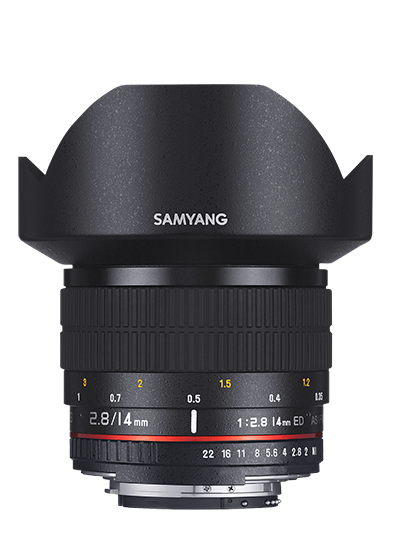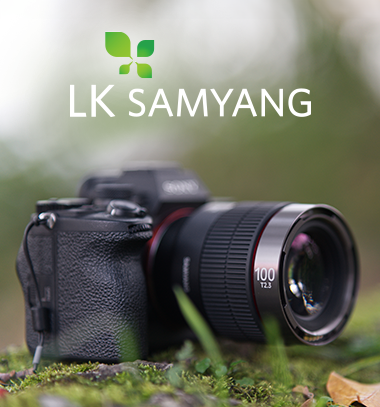BLOG
The American Dream (Idaho part)
The American Dream (Idaho part)
21 Aug 2017 was a special date, especially for those who are fascinated by astronomy. It was the date which the total solar eclipse, a.k.a. The Great American Eclipse took place across USA. I would love to share my journey to all of you. No matter whether you are interested in travelling, photography or astronomy, I bet you will like it.
The trip was 2-week long and thus, I am planning to split the trip into 4 different parts as this would allow me to write it systematically. This is the second part - “Idaho”.
The flight from Hong Kong to Boise, Idaho was about 16 hours including transit at Seattle.
Our footprints throughout day 1 to day 4.
Day 1: Idaho (Boise -> Lowman)
(Taken with Huawei P10 Plus)
Southfork Lodge, Lowman, ID
It took quite a while for us to reach our first stop in USA - Boise, Idaho, after a long haul flight and a transit. We immediately picked up our cook and headed off to do some shopping, food and necessary things before travelling. Later on we had a two hour drive to Southfork Lodge in Lowman and we rested for a night. The decoration of the lodge is a typical USA one (to us), made of wood and rock with deer head decor hanging on the wall.
(Taken with Canon EOS 6D with Samyang 35mm F1.4 AS UMC)
Kirkham Campground, Lowman, ID
Best recreation activity after supper - photo shooting! Since this was the first day of the trip, we did not waste any time and thus decided to take a short drive from the lodge. Upon arrival, I spotted a slope with pine trees that could maybe be a good topic for a star trails photograph.
Kirkham Campground, Lowman, ID
While one of the cameras was capturing the star trail photo, I setup another one for an astroscape photo. To avoid a black and empty foreground, I had to catch the moment when there was a car driven by and also with the lights in the campground. A 30 second exposure will be long enough in order to get a bright image with stars pinpoint sharp.
(Taken with Canon EOS 6D mark II with Samyang 35mm F1.4 AS UMC)
Pettit Lake, Idaho
Slept for a few hours back in the lodge before heading to the next location - Pettit Lake, Idaho. This location was not planned in our schedule due to the amount of crowd and light pollution that there would be at night in Redfish Lake. Upon arrival, we spent the whole afternoon in the car, had a nap and woke up right before sunset time.
(Taken with Canon EOS 6D mark II with Samyang 35mm F1.4 AS UMC)
Pettit Lake, Idaho
The “blue hour” in USA is remarkably longer than in Hong Kong due to its latitude.
Clouds started to disappear when daylight faded out and we knew it was going to be a long night.
(Taken with Canon EOS 6D mark II with Samyang XP 14mm f/2.4)
Pettit Lake, Idaho
It’s a different aspect of the nature while you set up a tent and enjoy the stargazing in the wilderness.
(Taken with Canon EOS 6D mark II with Samyang XP 14mm f/2.4)
Pettit Lake, Idaho
The night sky is crystal clear and the Milky Way is so bright and being reflected on the surface of the calm Pettit Lake.
(Taken with Canon EOS 6D mark II with Samyang 35mm F1.4 AS UMC)
Pettit Lake, Idaho
Sometimes, simple is beautiful.
(Taken with Canon EOS 6D mark II with Samyang XP 14mm f/2.4)
Pettit Lake, Idaho
The mirror of Pettit Lake reflects the Earth’s rotation perfectly. The result is totally above our expectations since it is so rare to have a lake this calm for so many hours.
Pettit Lake, Idaho
35mm focal length is sometimes good enough for astrophotography. It allows you to capture a relatively wide field of view with some nebulae and features. Although half of the image was affected by the brightness of the Zodiacal light, the outcome was still good that you can tell the dust and gases surrounding the constellation Orion.
Pettit Lake, Idaho
A selfie of us under the starry night sky before astronomical twilight. The sky starts to bright up and we are about to call an end to the shooting.
(Taken with Canon EOS 6D mark II with Samyang 35mm F1.4 AS UMC)
Pettit Lake, Idaho
This is some kind of scenery that cannot be seen in Hong Kong. A thin layer of mist on the calm surface of the lake alongside with the perfect reflection of the red highlighted peaks.
Howe, Idaho
By noon time we arrived our destination which overlaps with the path of the solar eclipse - 43.944515, -113.130523. Thus, in theory, it is the exact spot where we can observe the whole process if the weather is good. We spent our day time to try with different composition and angle in order to utilise the time being.
Howe, Idaho
Clouds started to disappear later that evening. With the advantage of using the “Astro-Multispectra” filter manufactered by STC from Taiwan, the Milky Way gains more contrast and more vivid in colours, also, the filter suppress the light pollution from horizon. The result is way above my expectations.
(Taken with Canon EOS 6D mark II with Samyang 35mm F1.4 AS UMC)
Howe, Idaho
A random shooting star slashed across the Big Dipper with a faint skyglow in the background.
Howe, Idaho
21 August 2017, we knew it would be a busy day. In the morning we setup all the cameras available and prepared for the final check. We all got more nervous when the countdown was about to kick off, after a year of planning.
Howe, Idaho
The climate committed and the weather was as fine as what we expected. This was my first total solar eclipse observation and of course, there were things that went wrong which could have been avoided. Nevertheless, this was a great experience and we can learn for next time.
I used a tele lens to capture the whole process of the total solar eclipse at a time sequence, so that I can generate an image like this with all the features.
Howe, Idaho
I also setup a camera with a wide angle lens for behind the scenes purposes. This allowed me to capture the change in the sky and myself within that two and half minutes.
The moment before totality, I can see the shadow swept from the west and I turned myself back to the east to witness the totality. At totality, I was astonished with what I saw, pure awesome. The universe is just insane.
Howe, Idaho
This is only visible at totality, when the moon is located exactly in line with the sun and blocks the light. Solar corona is clearly visible and also Regulus (on the left), the brightest star in the constellation of Leo. The solar corona reminds me of the good old days back in university, studying for my final year project related to the heating mechanisms of the solar corona.
After the eclipse, we cleaned up the area and had a nice rest in Pocatello before the second part of the adventure. Please stay tuned for part 2 - Wyoming.

















.jpg)